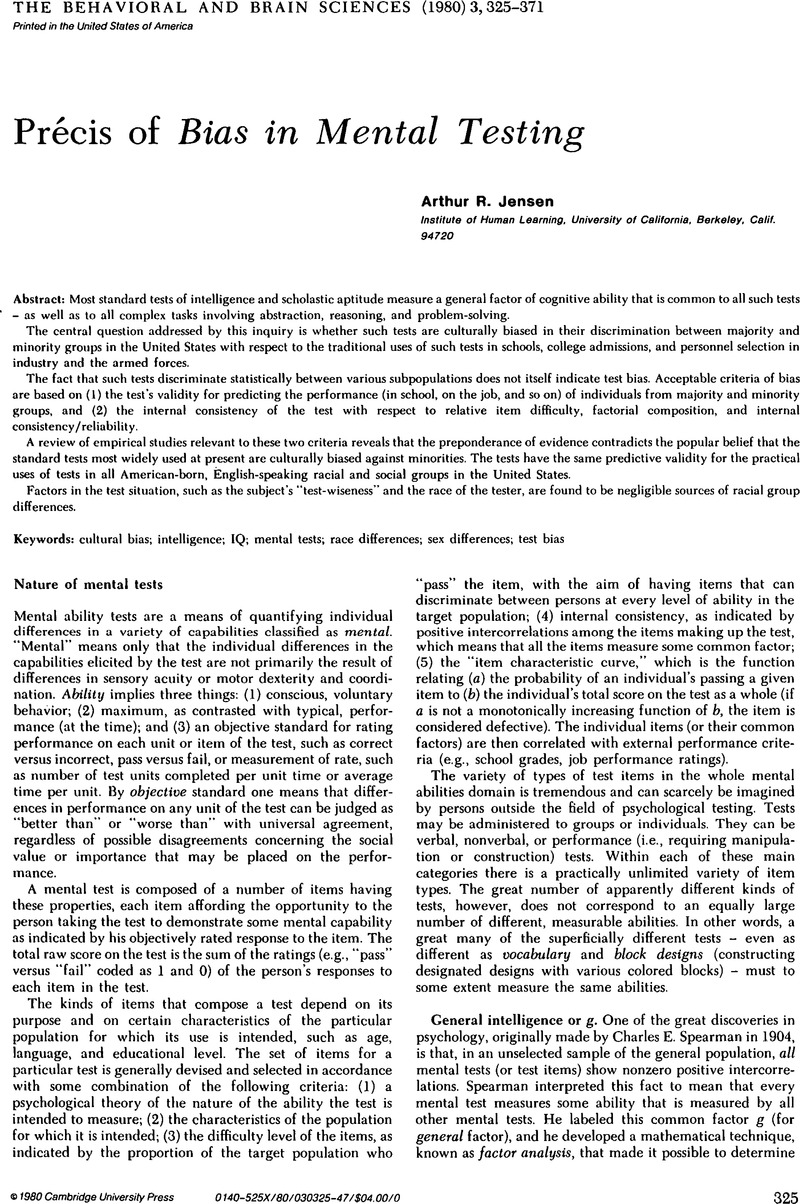Crossref Citations
This article has been cited by the following publications. This list is generated based on data provided by Crossref.
Colom, Roberto
and
Garcı́a-López, Oscar
2002.
Sex differences in fluid intelligence among high school graduates.
Personality and Individual Differences,
Vol. 32,
Issue. 3,
p.
445.
Colom, Roberto
Escorial, Sergio
and
Rebollo, Irene
2004.
Sex differences on the Progressive Matrices are influenced by sex differences on spatial ability.
Personality and Individual Differences,
Vol. 37,
Issue. 6,
p.
1289.
Fernández-Ballesteros, Rocío
and
Colom, Roberto
2004.
International Handbook of Intelligence.
p.
79.
Gignac, Gilles E.
2015.
Raven's is not a pure measure of general intelligence: Implications for g factor theory and the brief measurement of g.
Intelligence,
Vol. 52,
Issue. ,
p.
71.
Moseley, Rachel L.
Shtyrov, Yury
Mohr, Bettina
Lombardo, Michael V.
Baron-Cohen, Simon
and
Pulvermüller, Friedemann
2015.
Lost for emotion words: What motor and limbic brain activity reveals about autism and semantic theory.
NeuroImage,
Vol. 104,
Issue. ,
p.
413.
Baghaei, Purya
Khoshdel-Niyat, Fahimeh
and
Tabatabaee-Yazdi, Mona
2017.
The Persian adaptation of Baddeley’s 3-min grammatical reasoning test.
Psicologia: Reflexão e Crítica,
Vol. 30,
Issue. 1,



